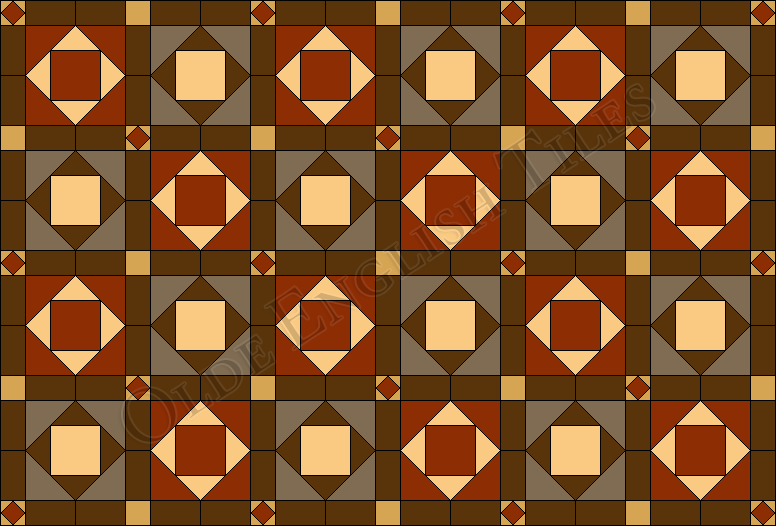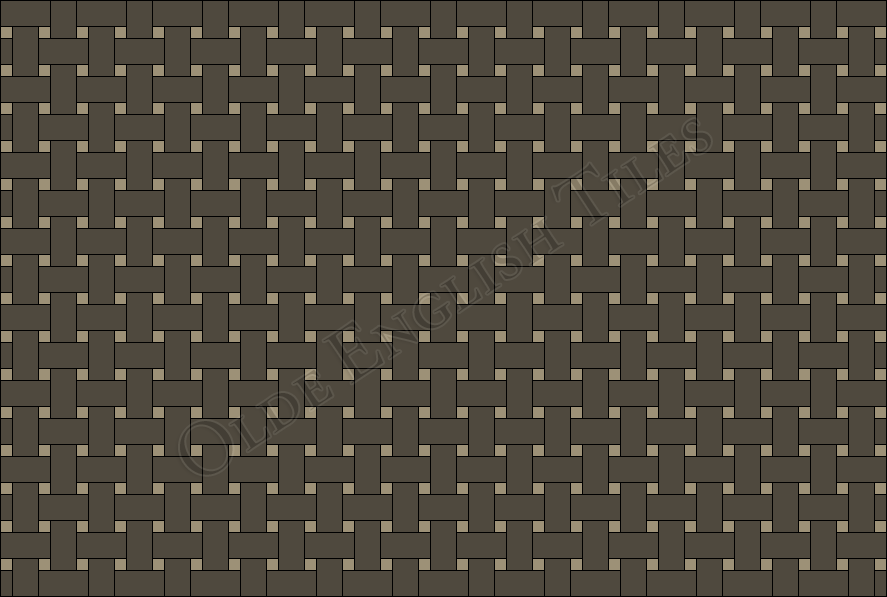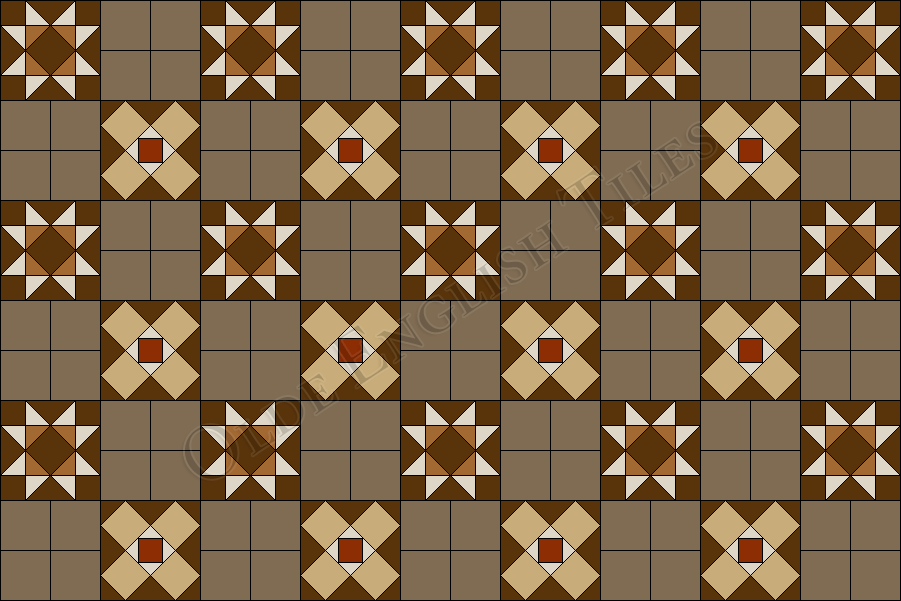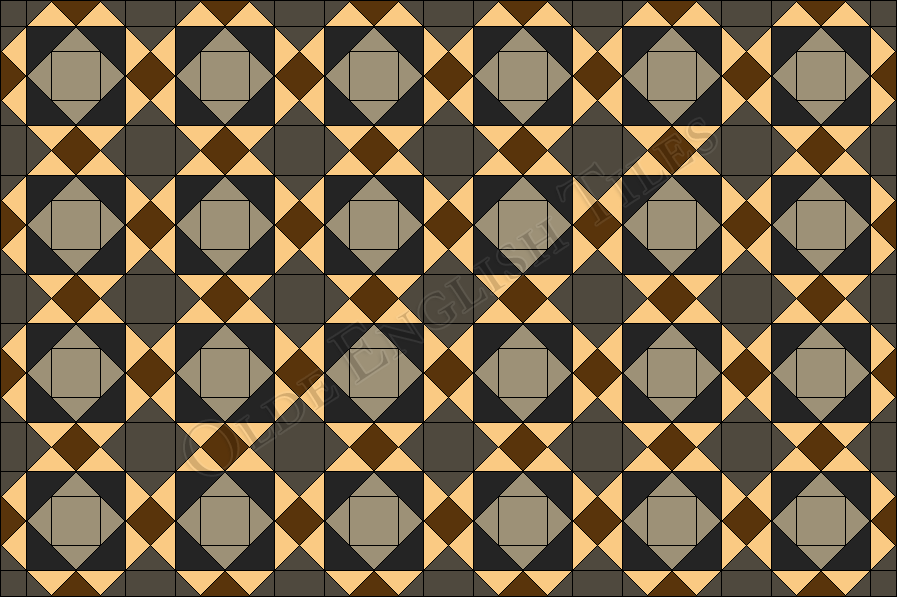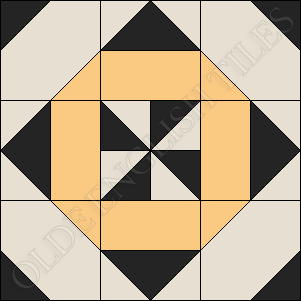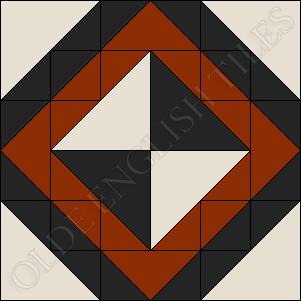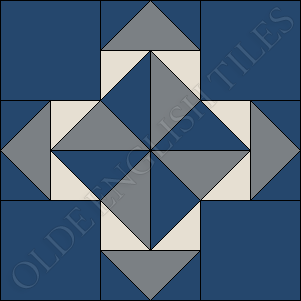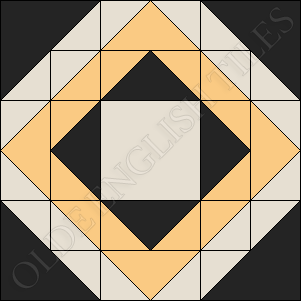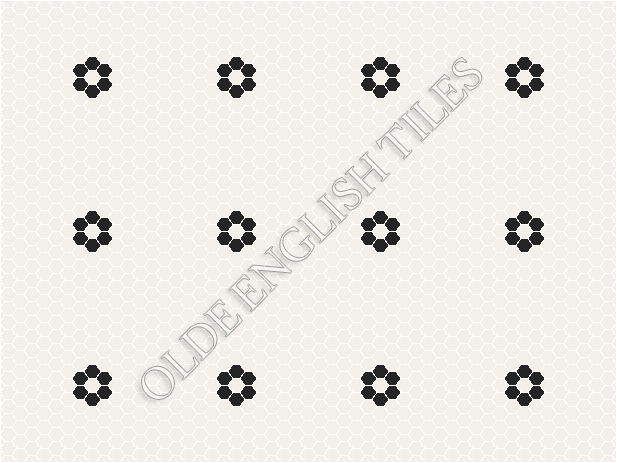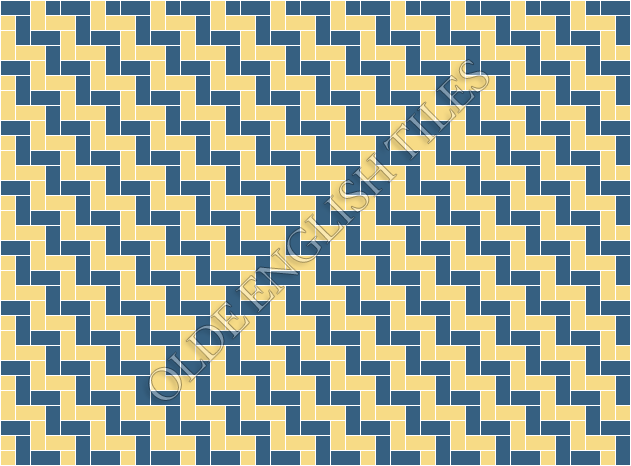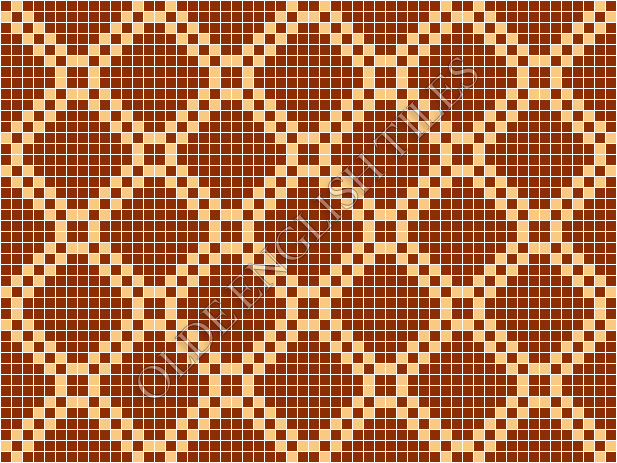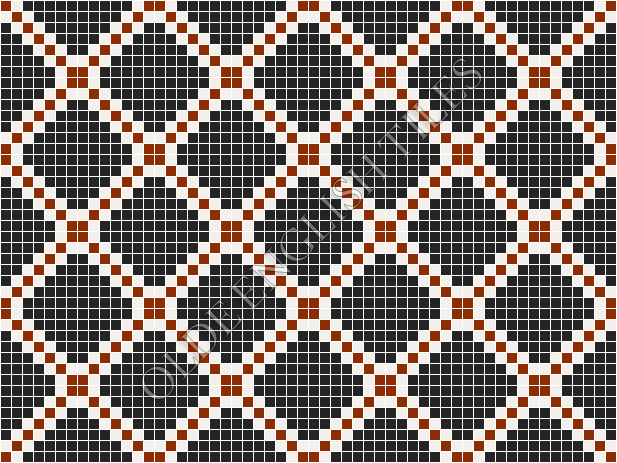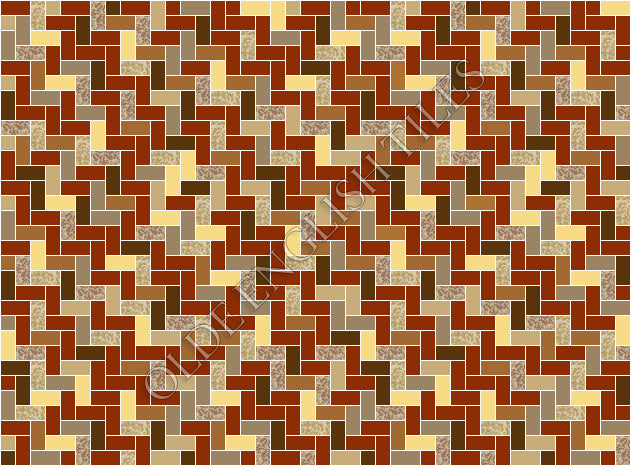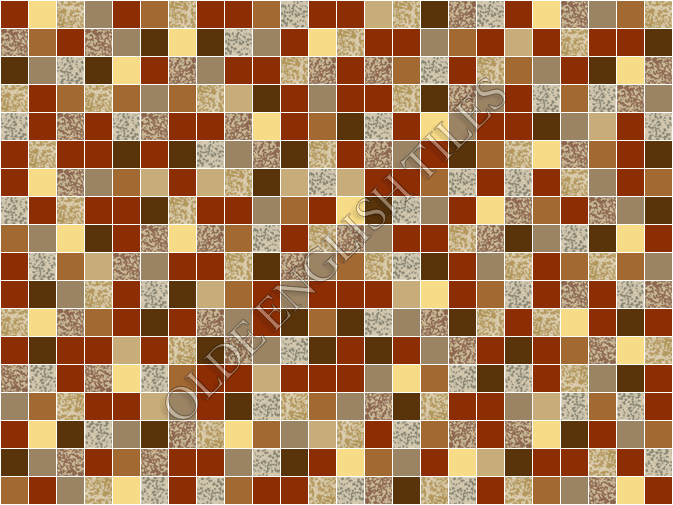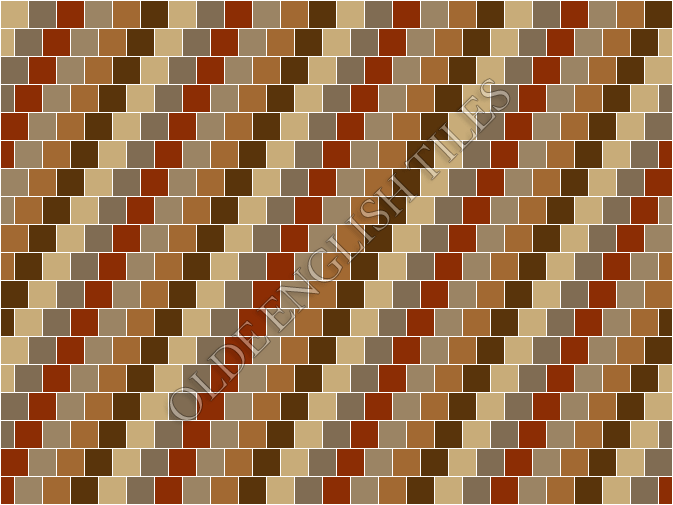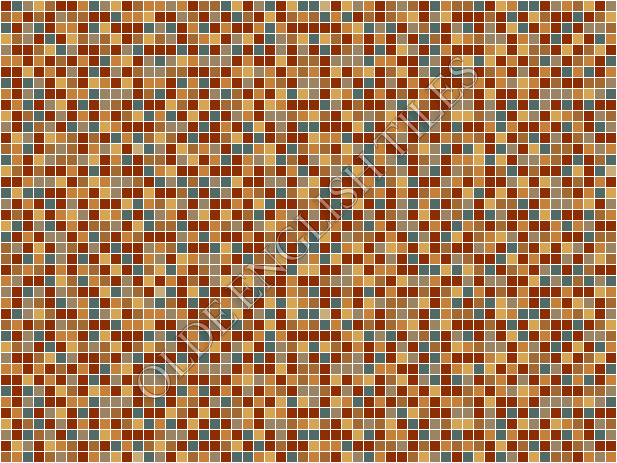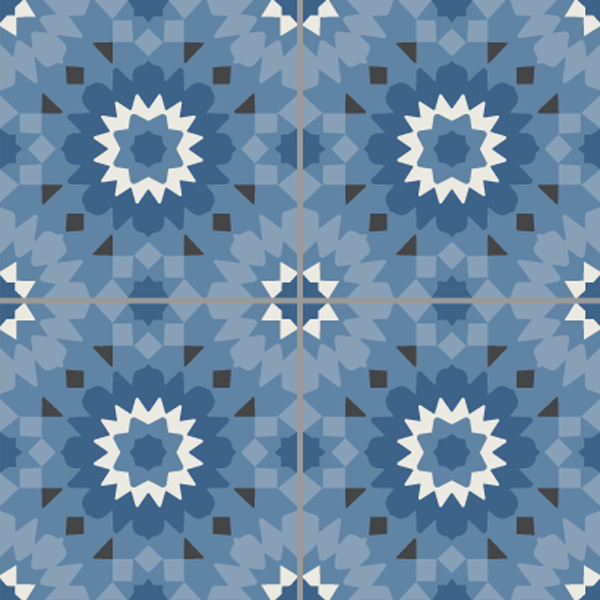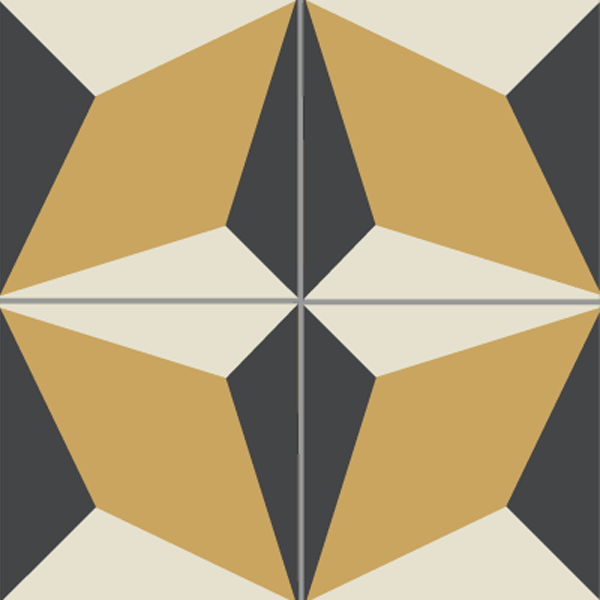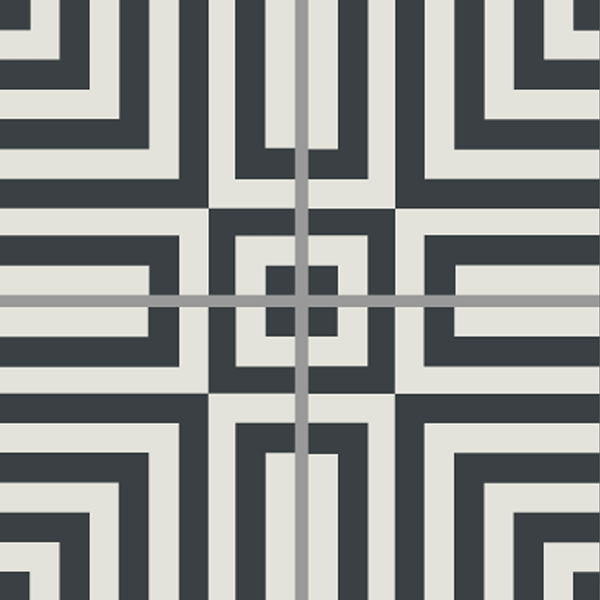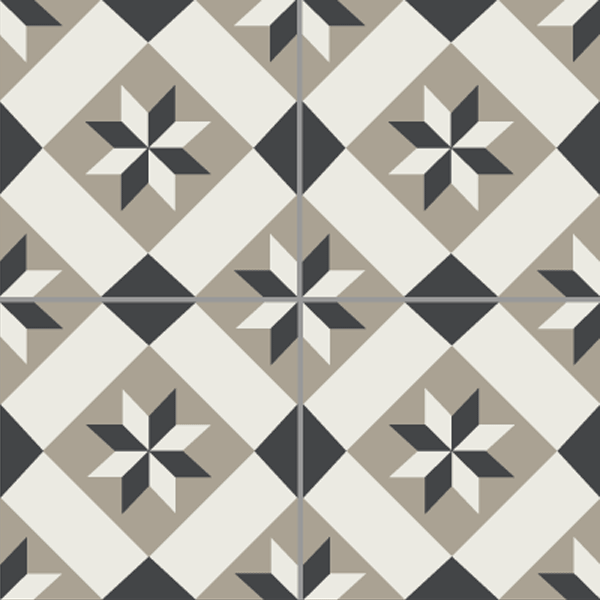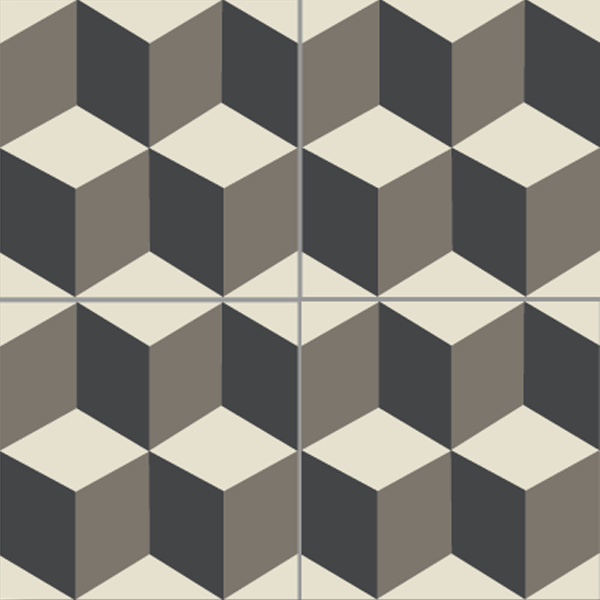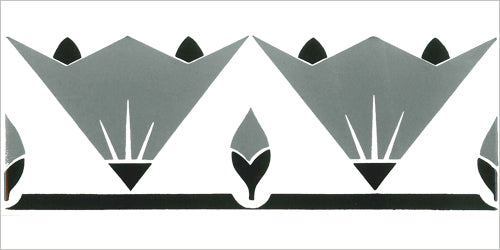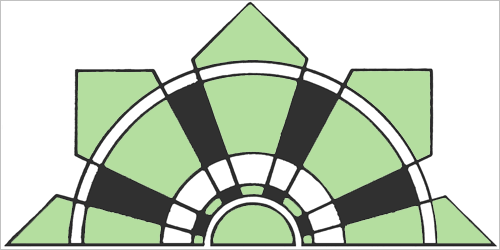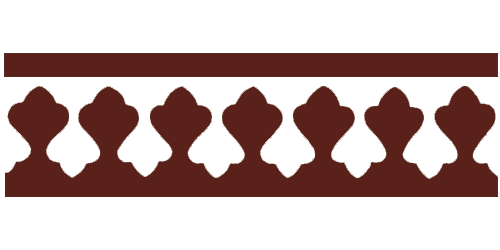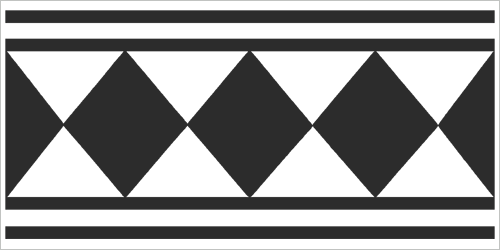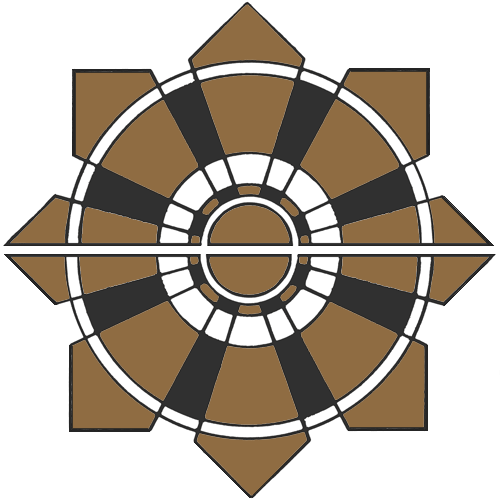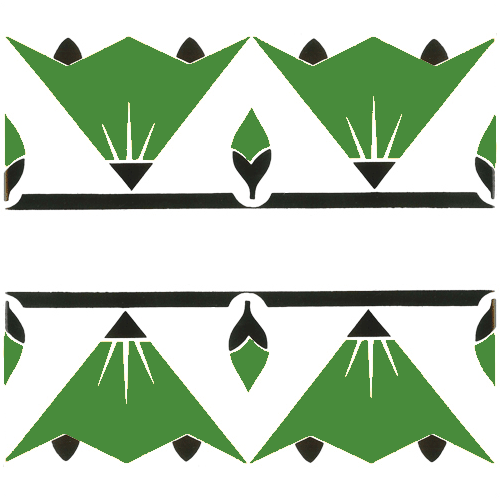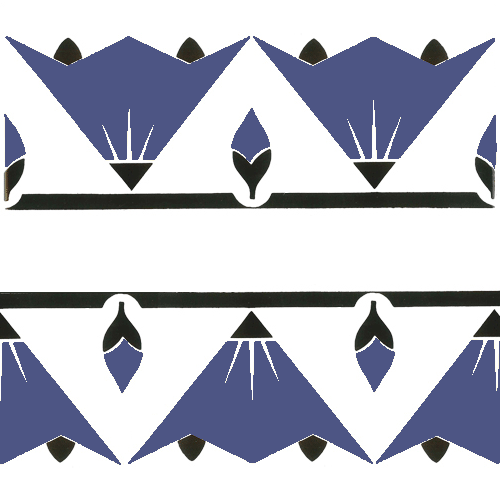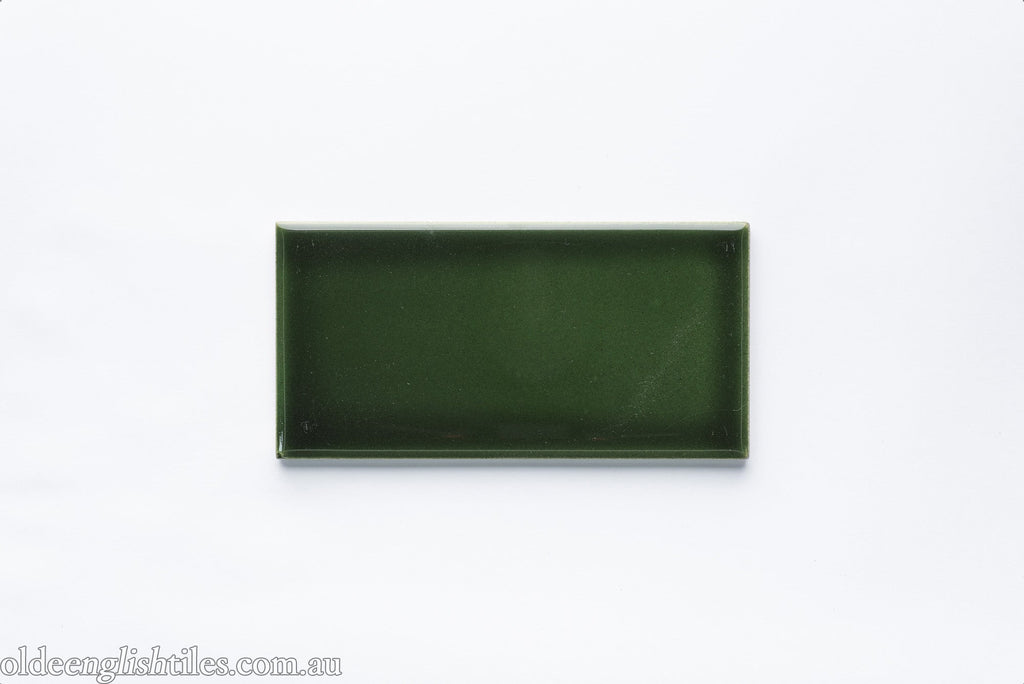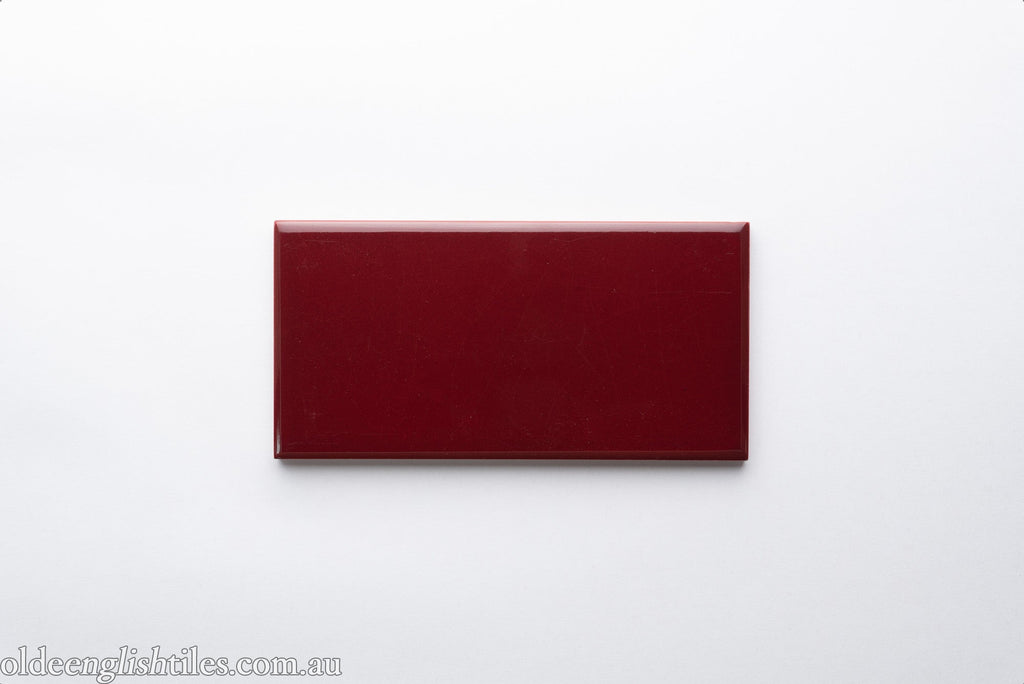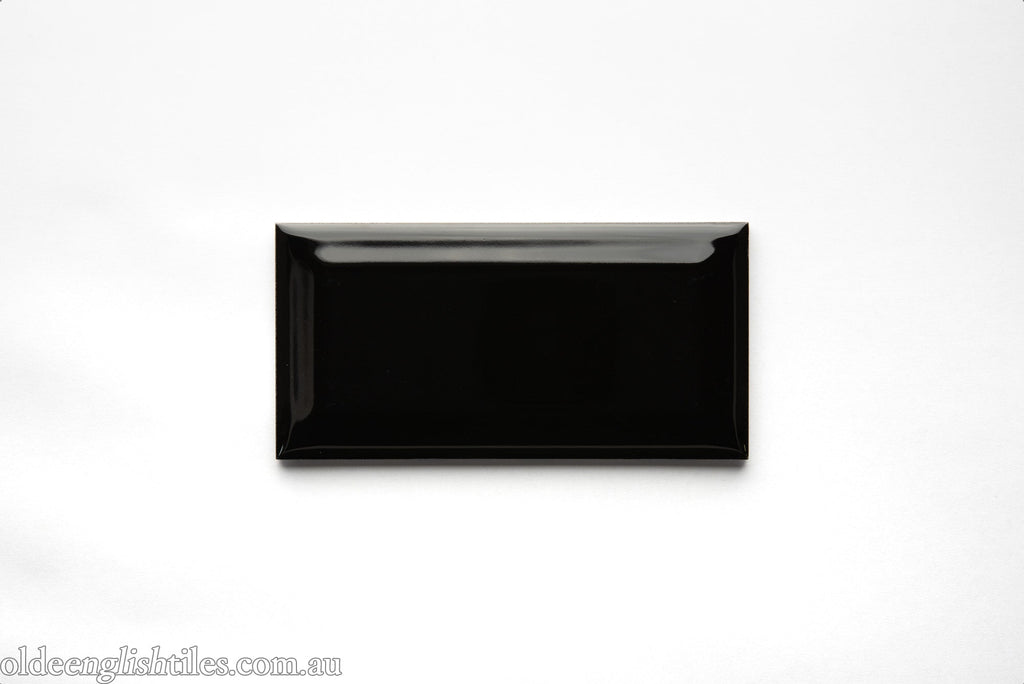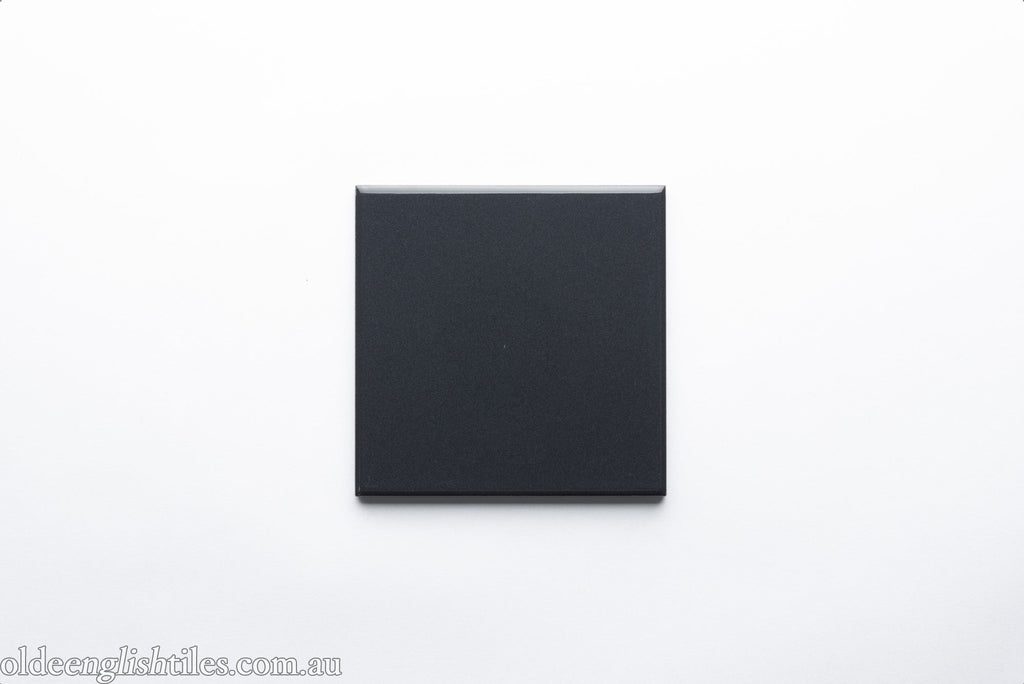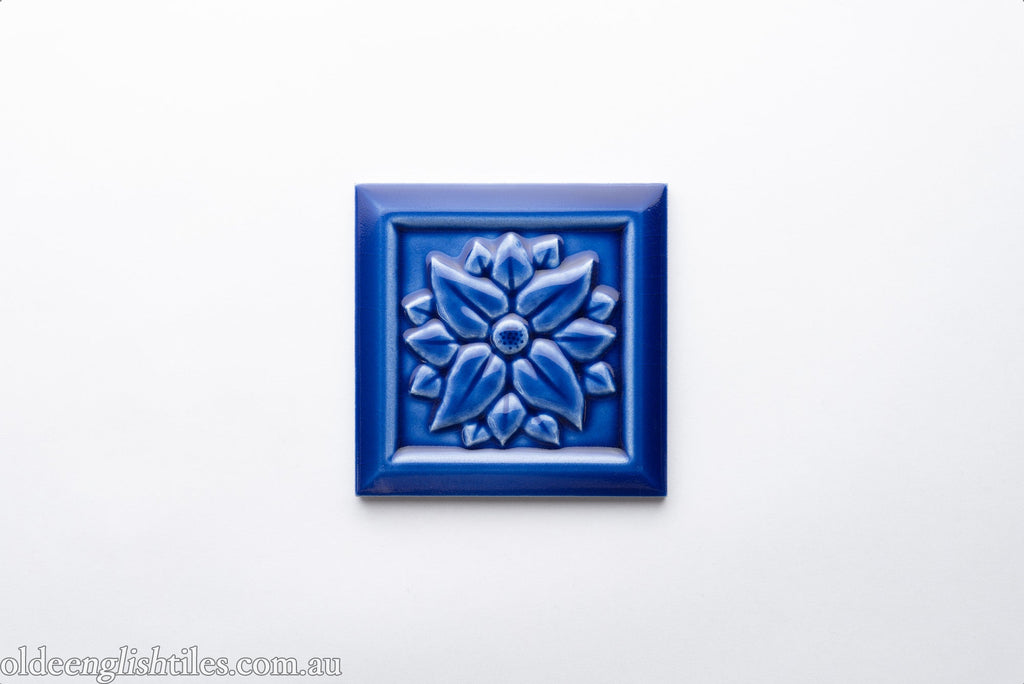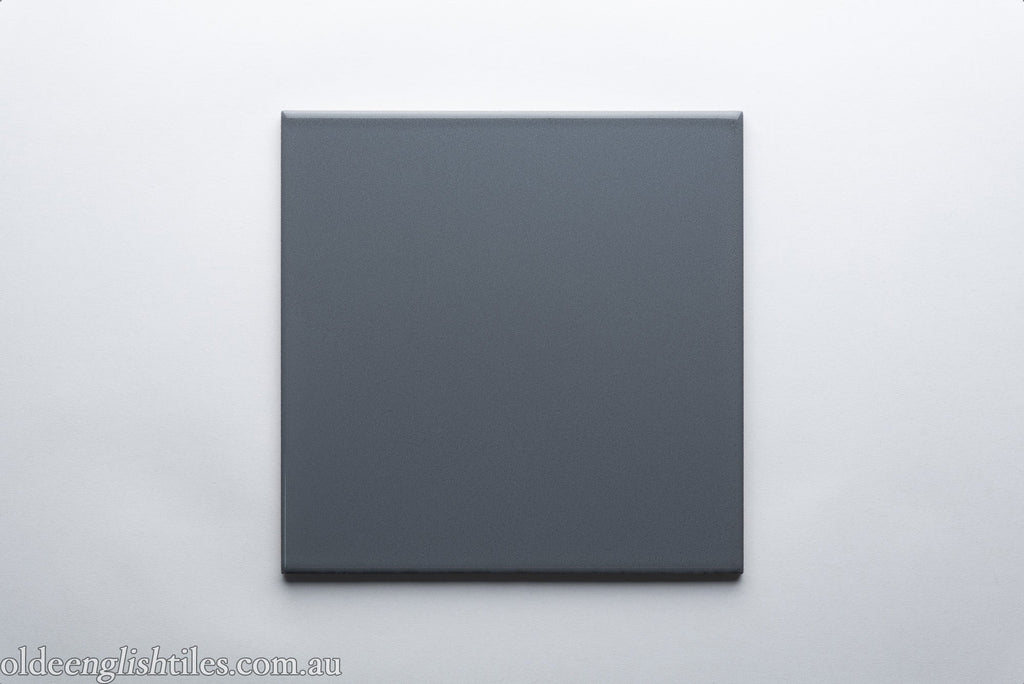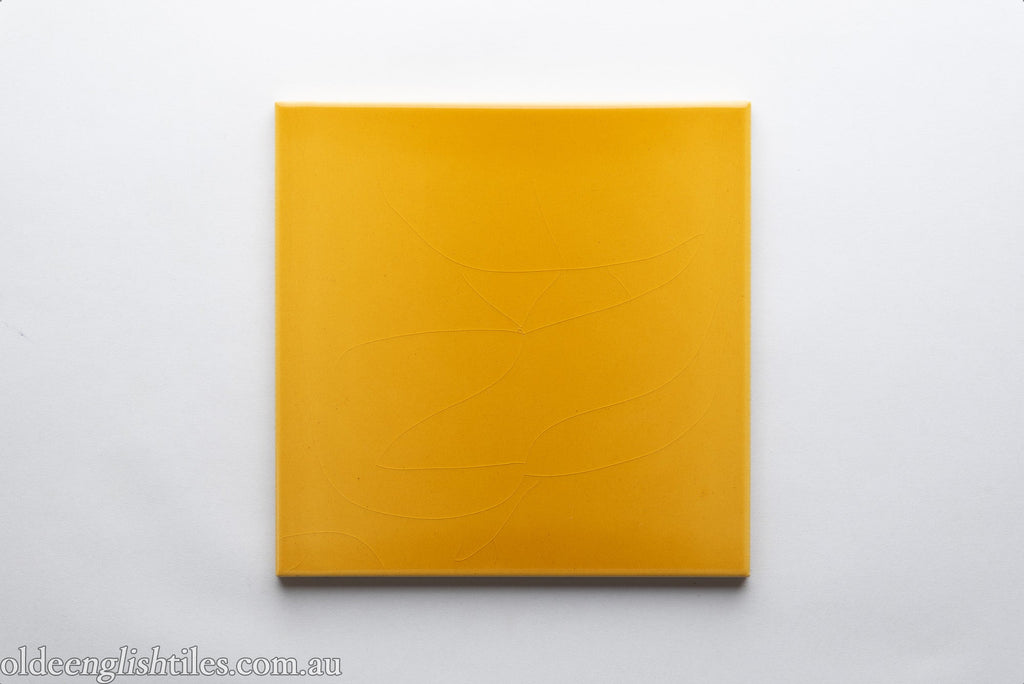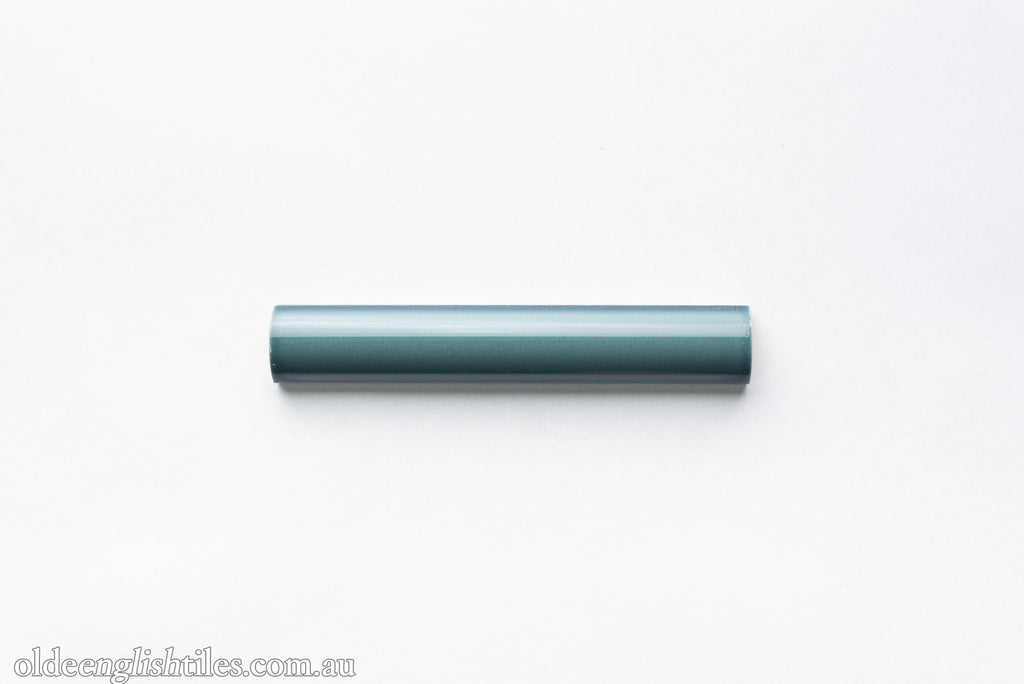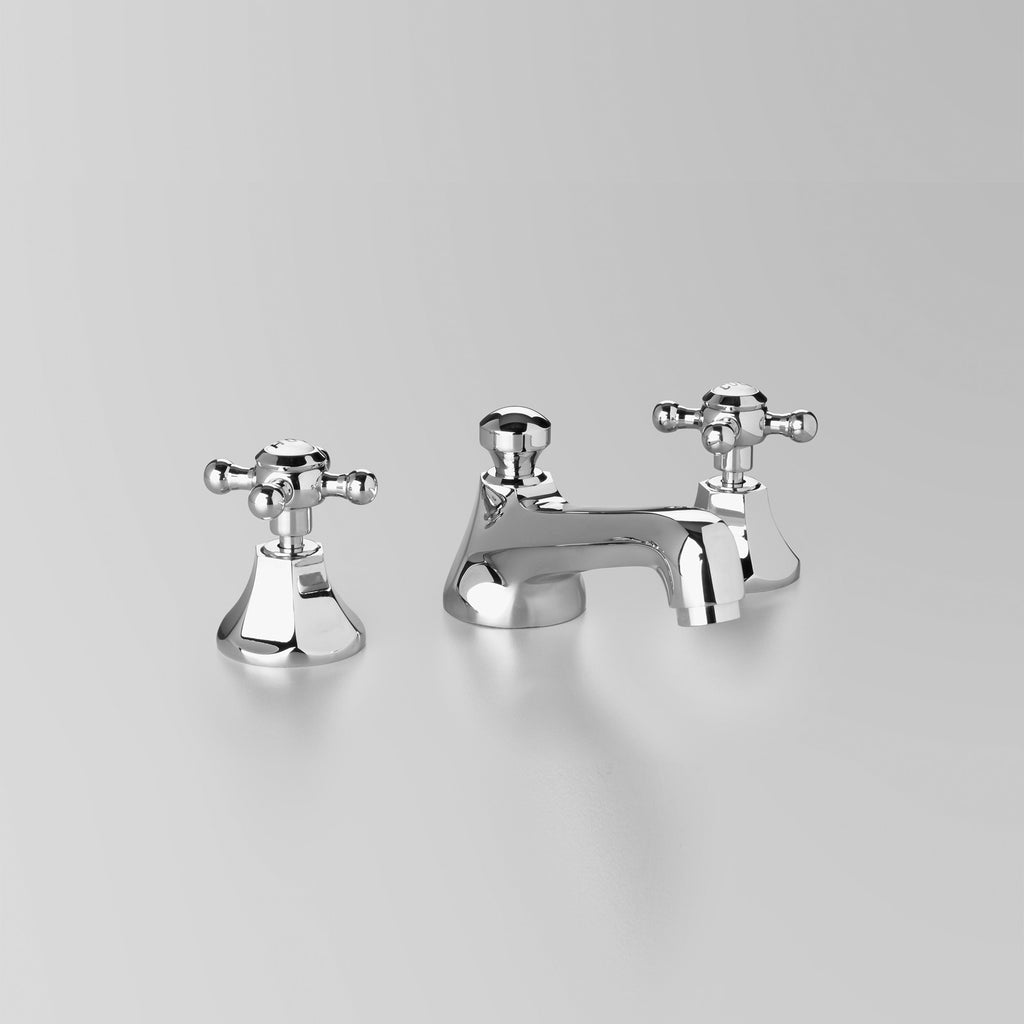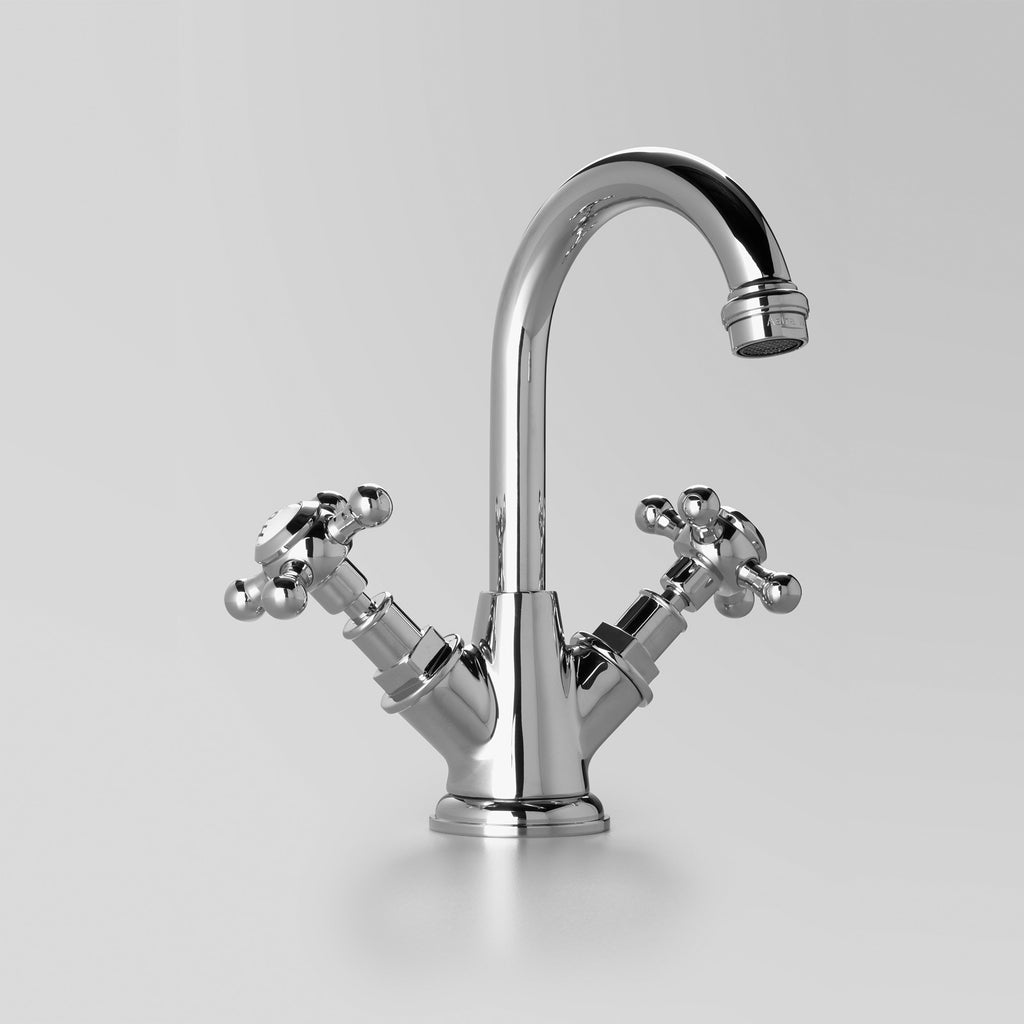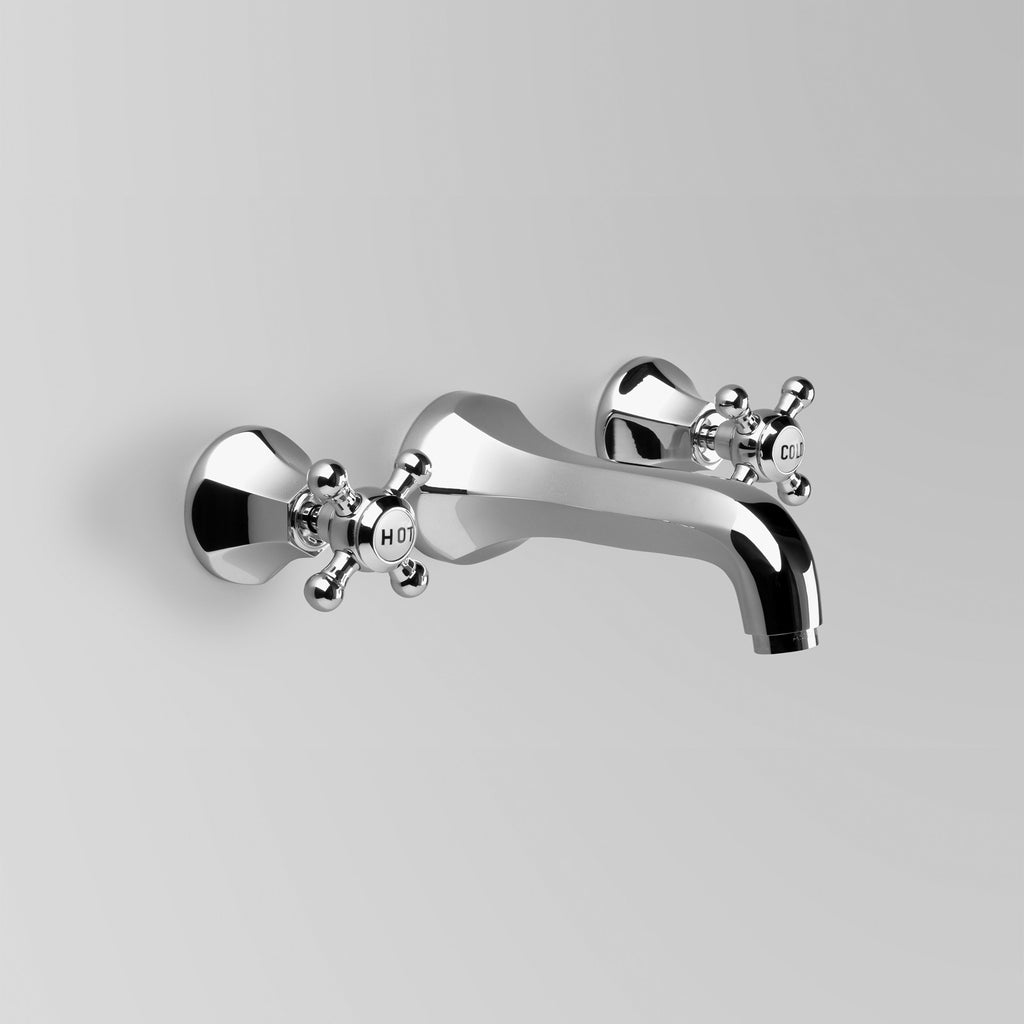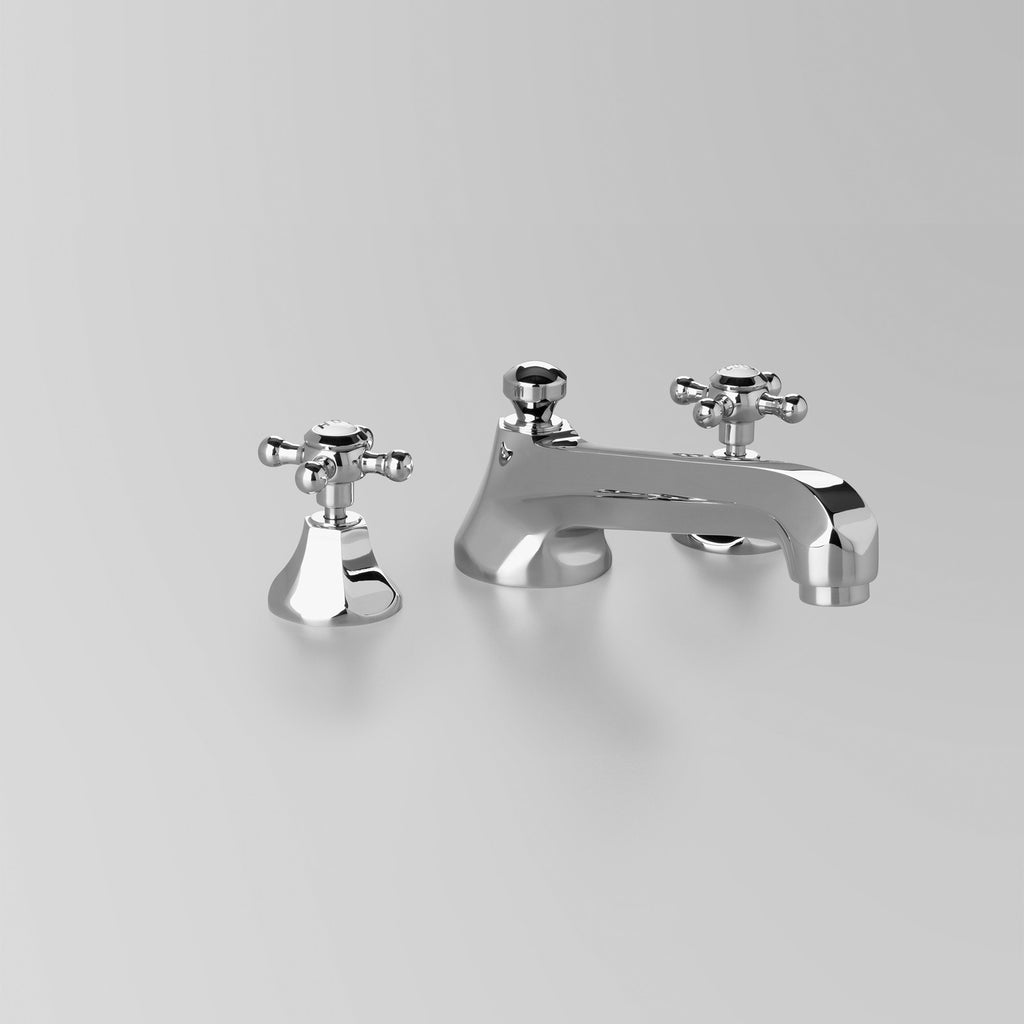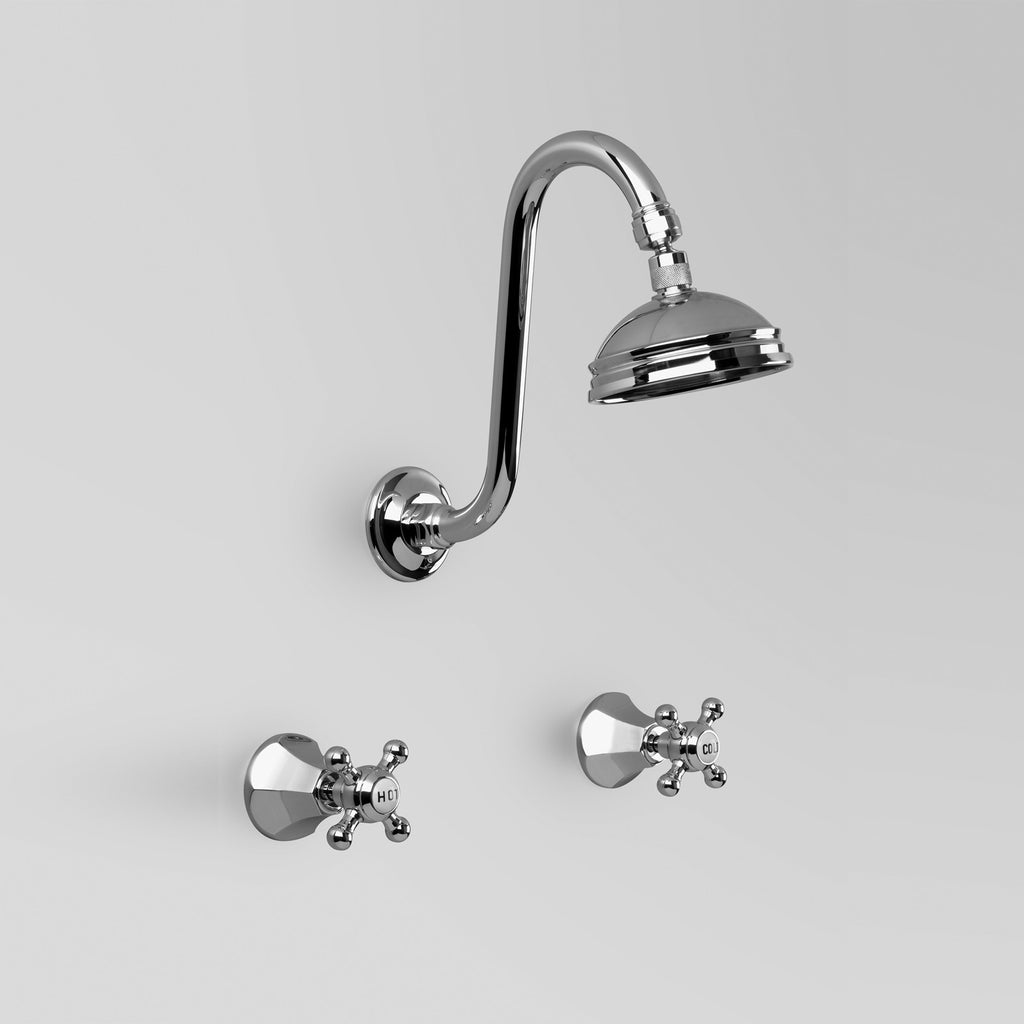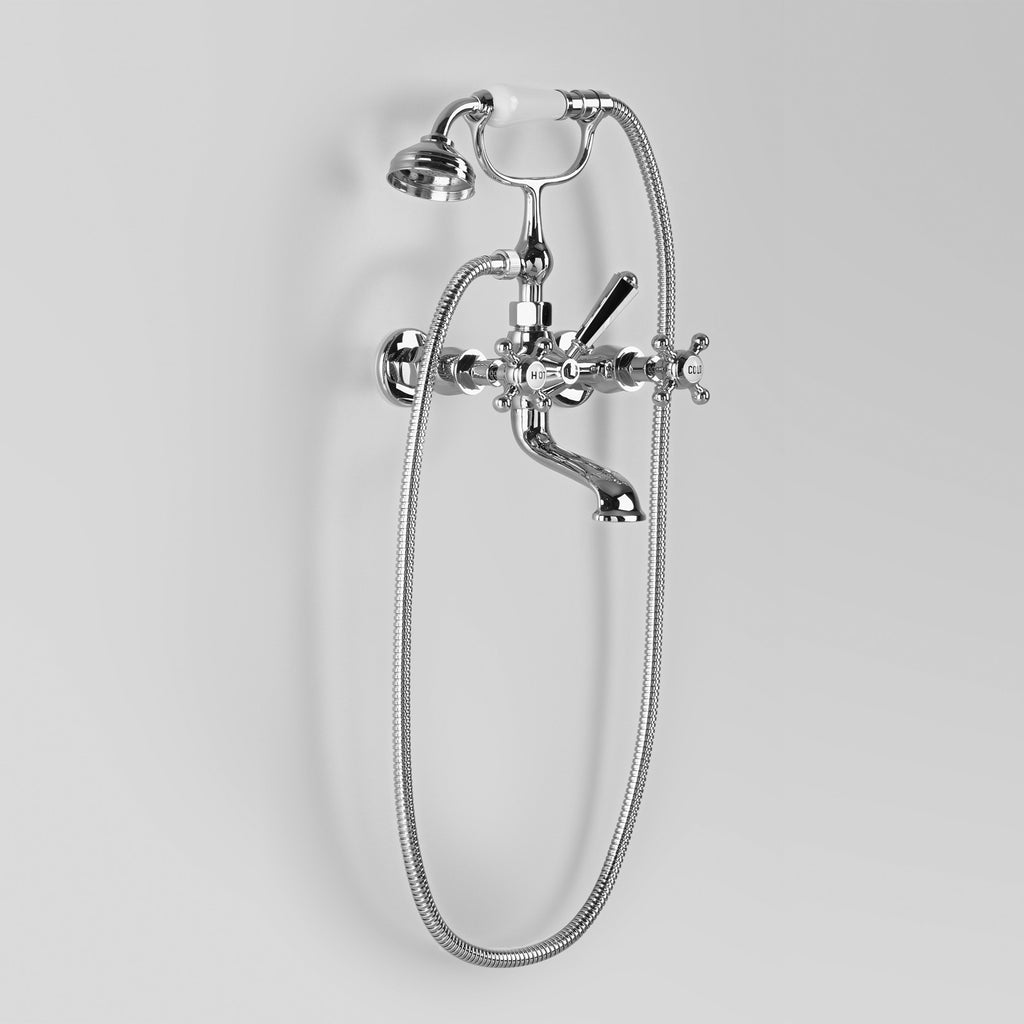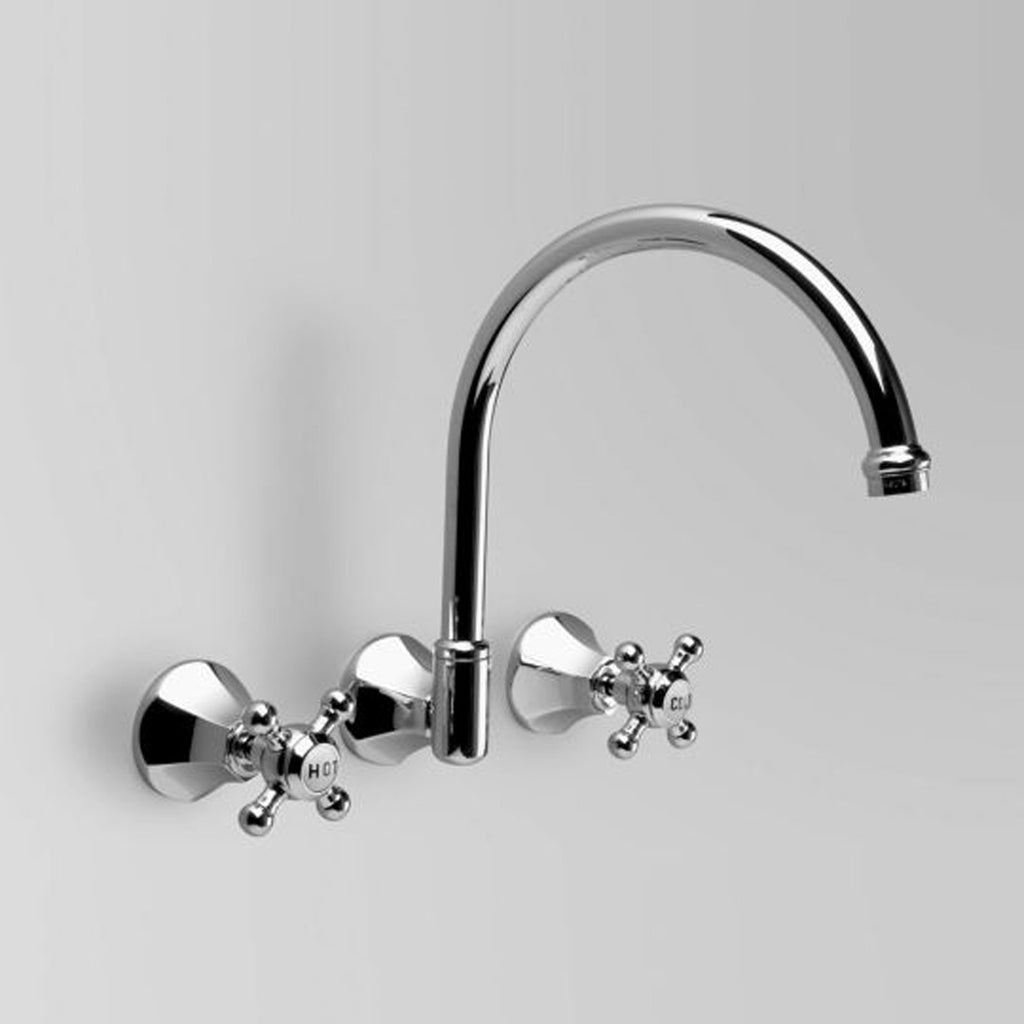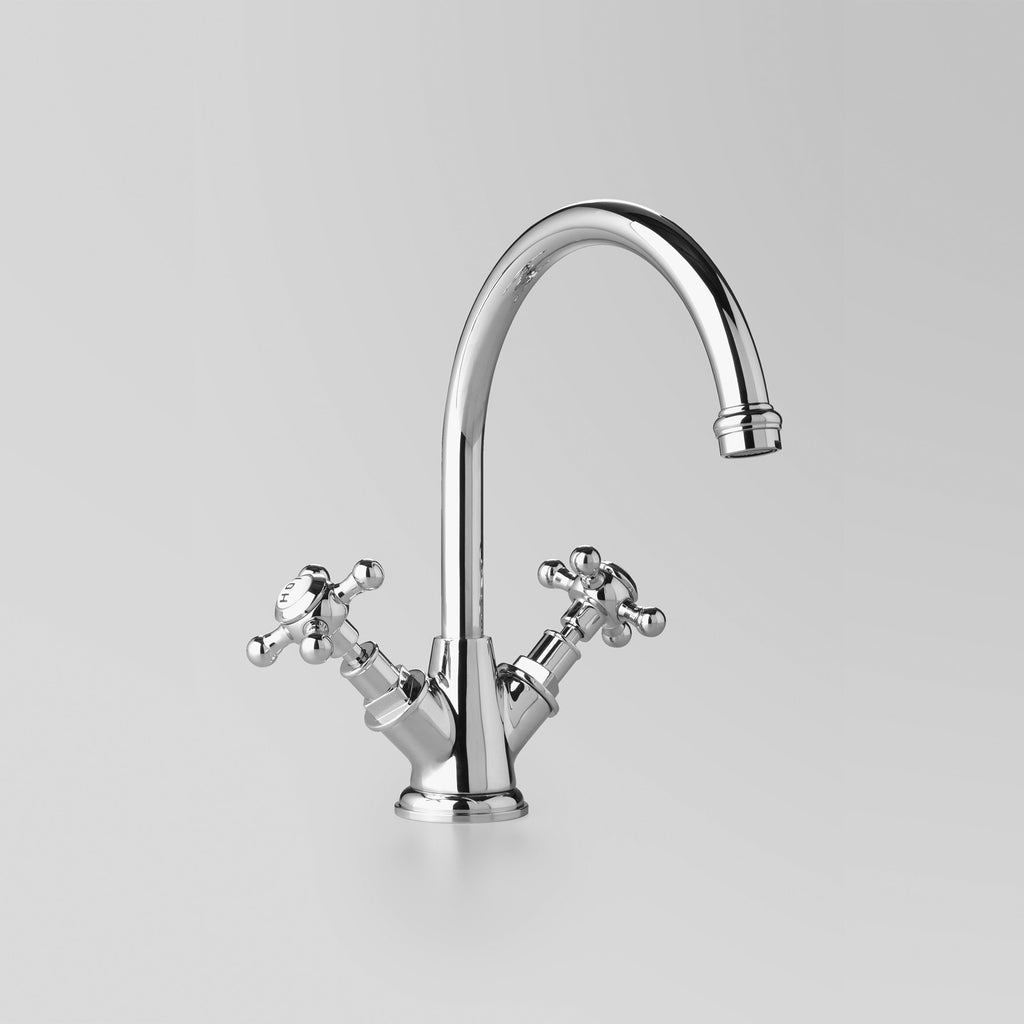Art Deco Wall & Floor Tiles
Revive your space with 1920s elegance.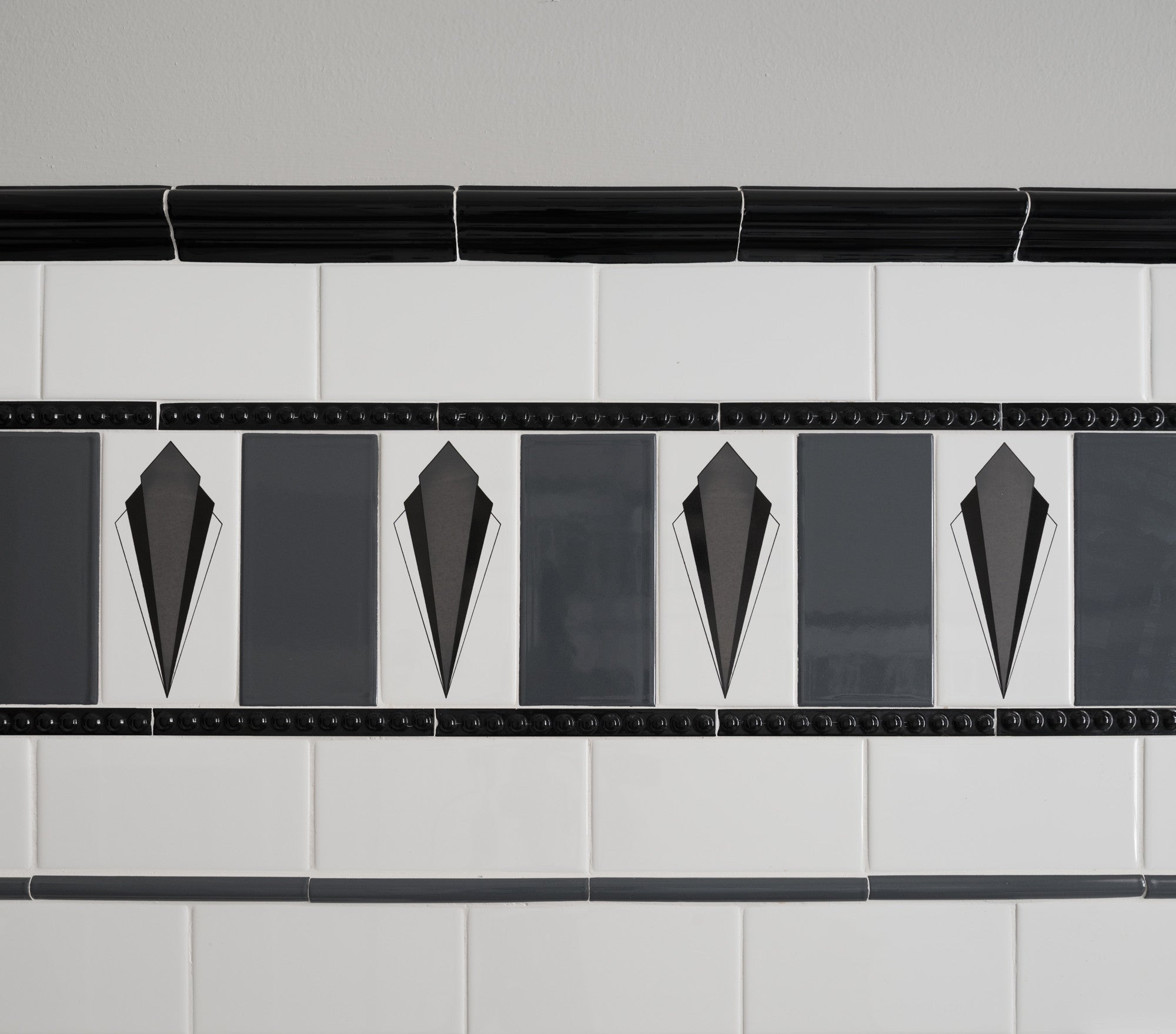
About
Art Deco-inspired tile designs to add flair to a bathroom, kitchen or living area. Our range of wall and floor tiles are colour coordinated across all formats, including friezes and trims and suitable for a wide variety of Inter-war architectural styles - from Cal...
Features
What sets our Art Deco tiles apart-
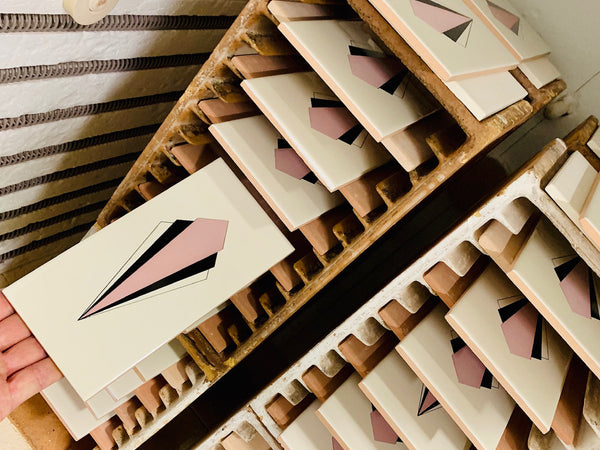
Locally produced/assembled
Get your tiles sooner!
With all our wall tiles produced, and floor tiles assembled here at our Sydney plant, you can avoid lengthy import delays and prohibitively large minimum quantity orders.
-
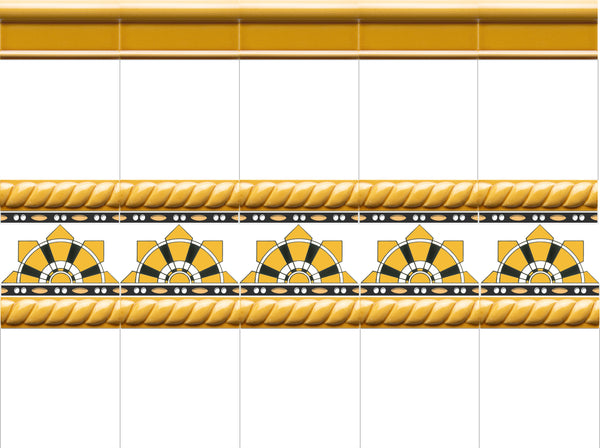
Prints, embossed & capping
Based on original period designs
Our friezes, caps & trims are suitable for a wide variety of Interwar architectural styles, from California Bungalows & Spanish Mission to P&O style, as well as commercial premises, e.g. shop & pub facades.
-
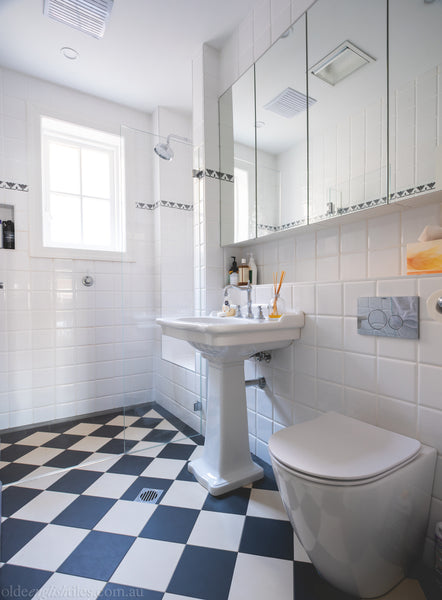
Various sizes
Subways, squares & features
Wall tiles (6mm thick) in four sizes, plus glazed decor tiles, strips, caps & coves in two lengths - 150mm & 200mm.
-
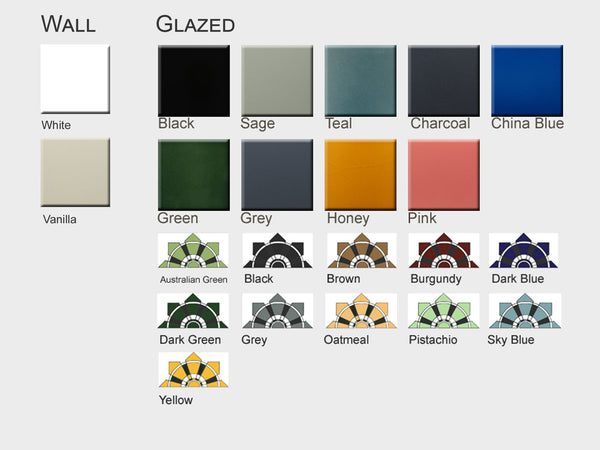
Wall colour range
Fully coordinated wall & frieze tiles
Our subway, embossed & capping tiles are available in nine onglaze colours; our screen-printed friezes come in 15 ink colours on white and vanilla, ensuring you have unparalleled variety to choose from.
-
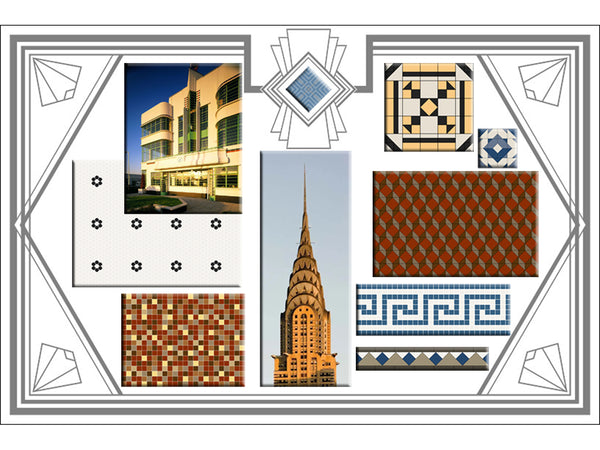
Tessellated, Mosaics & Encaustics
Thoroughly researched, historically accurate.
Our vast collection of tessellated, encaustic & mosaic patterns, including tapestry mosaics, are coordinated across all three ranges, and can be produced in colourways to your specification.
-
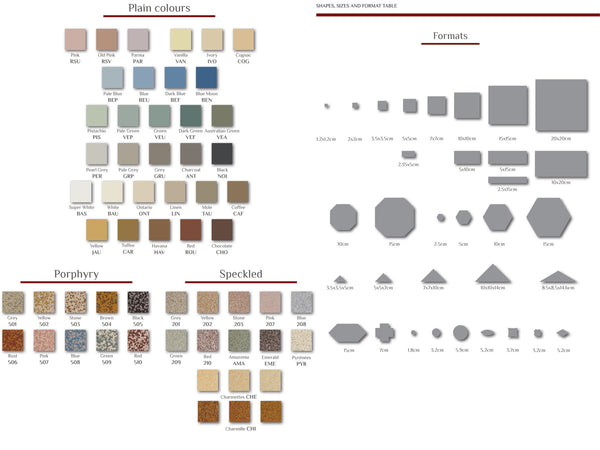
Floor colours/sizes
Unlimited scope for commercial & residential design.
With 32 plain & 24 speckled colours across 24+ format shapes & sizes, these porcelain tiles are appropriate for any & all Interwar architectural styles & locations, from residential bathrooms to pubs, restaurants & shops.
-
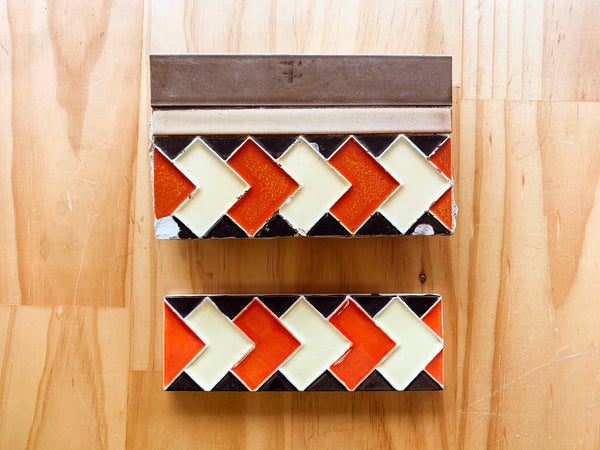
Custom-Made designs
Perfect for heritage projects.
Whether repairing or replacing, we can replicate your period tiles; no minimum quantities, no lengthy production/shipping delays. Suitable for commercial or residential projects.
Products
The best of our Art Deco Wall & Floor TilesArt Deco Tessellated
Simple patterns in simple colourways characterise the tessellated floors of the various styles of Interwar housing - from the Stanmore tiled entrance of a Georgian Revival apartment to the pathway of a California Bungalow featuring the Chester pattern, and everything in between. Scroll products to see 3 colourways. See our full range of Tessellated patterns in our TESSELLATED collection.
Art Deco Tessellated Borders
Borders employed on a tessellated floor obeyed the same aesthetic limitations - a restricted, earthy colour palette and an absence of encaustics. Popular borders included Bristol, Deco, Balmain, Richmond & Norwood. Scroll products to see 3 colourways. See our full range of Tessellated borders in our TESSELLATED collection.
Art Deco Tessellated Panels
Scroll products to see 4 colourways. See our full range of Tessellated panels in our TESSELLATED collection.
Art Deco Mosaic
Mosaics became the preferred flooring for the majority of buildings, domestic and commercial, between the wars. Our mosaic ranges, including the Classic and Tapestry, capture the spirit of the age with an unmatched variety of authentic patterns and colours. Scroll products to see 3 colourways. See our full range of Mosaic patterns in our MOSAIC collection.
Art Deco Tapestry
Tapestry mosaics are a quintessential part of Art Deco floor styling. A popular choice for Inter-war housing, especially apartment blocks, shops, pubs and civic buildings, the simple patterns of Tapestry mosaics have an energetic, informal quality that reflects the spirit of the Jazz Age, while the earthy colours suggest a return to nature. Scroll products to see 3 colourways.
Art Deco Mosaic Borders
Borders were simple geometric arrangements using rectangular or square tesserae in either a classical pattern, e.g. Greek Key, or variations on the checkered theme, such as Charleston & Jazz. Scroll products to see 3 colourways. See our full range of Mosaic borders in our MOSAIC collection.
Art Deco Encaustics
Everything old is new again, and encaustics are no exception. Our range of Art Deco encaustics is manufactured by the French company Winckelmans, one of the pioneers of this type of product. All the patterns in this range are authentic, sourced from the company's 100+ year old archives. Scroll products to see 3 colourways. See our full range of Encaustic patterns in our ENCAUSTICS collection.
Art Deco Features: Rectangle
The stylistic influences expressed in our collection of Art Deco frieze tiles range from symbols of new scientific & technological advances to the motifs derived from recent Egyptian & Greek archaeological discoveries. The colours have been fully coordinated with our Art Deco floor ranges. Scroll products to see 15 ink colours.
Art Deco Features: Square
Scroll products to see 11 ink colours.
Art Deco Features: Strips
Scroll products to see 11 ink colours.
Art Deco Features Glazed
Scroll products to see 9 onglaze colours. See our full range of Glazed patterns and Colours in our Heritage collection.
Classic Bathroomware
Art Deco Splendour captured with the strongly defined lines of Classic. Finishes available in Polished Chrome & Brushed Platinum. Lever Options available on Classic Range. Black porcelain lever, White porcelain lever & Metal lever. Normal Handles are Default. Some items come with Flow Control Option & Different Pop Up Waste sizes at no additional cost. See our full range of Bathroom ware in our BATHROOM WARE collection.
FAQs
Frequently asked questions.-
How high up the wall should I go?
Depending when the residence was built - before, during or after the Great Depression, will determine, fairly accurately, how high the walls were originally tiled. Prior to the Great Depression (late 1929 - early 1933) and a few years after the worst of the economic impact had receded, walls were generally tiled to the ceiling (see Calthorpes' House, Everglades, Mahratta). During the Depression very little construction, if any, was undertaken, and in the years immediately following its official end, its effects on interior decoration were still being felt. In this period tiles were more likely to extend only to a height of 1800mm, or less. (Many of the Art Deco apartments built in the Eastern Suburbs in 1929 had bathrooms with a shower over the bath; the tiles on this side went up to 1800mm whereas on the opposite wall the tiles only reached to 1500mm.).
-
What wall tiles are suitable for an art deco bathroom or kitchen?
WALL SIZES: During the Interwar period wall tile sizes were more varied than in the Federation era. Typical sizes included 100x100mm, 150x150mm, 150x75mm (brick bonded or vertically stack bonded) & 150x75mm bevel-edged.
Some examples: 100x100mm - the stairwells of the Gowings building (1929) & the Royal Auto Club building (1928), both in Sydney.
150x150mm - St James & Museum Stations in Sydney (1928); numerous Deco pubs.
150x75mm - Calthorpes' House, Canberra (1927)
WALL COLOURS: Wall colours varied considerably in this period. Apart from the standard white 150x75mm (e.g. Calthorpes' House) & 150x150mm, the 150x150 & 150x75mm vanilla (e.g. St James Station), and pale green (made popular by the construction of the highly influential Railway House, Wynyard, Sydney - 1935) in 150x150 & 150x300mm, other popular colours in these sizes were a mottled wheaty beige (numerous pubs), mottled tan (Everglades - main bathroom), & 100x100mm mottled blue (Gowings & RACA stairwells). The numerous bathrooms of Mahratta, the Art Deco mansion in Wahroonga, all possess different coloured tiles - mauve, pale blue, pink, yellow/vanilla, in a variety of shapes and sizes. A mottled mid-grey 100x100mm was occasionally used in domestic settings as well as shop facades. One colour that was extremely popular as an accent colour during this period, seen on thousands of pubs around the country, was a deep, vivid orange, produced using uranium oxide, which is now banned due to its toxicity, however something very similar does exist on the market. The colour palette for decor tiles throughout this period was predominantly black, deep emerald green, pale green, yellow, cream & bright orange. Though not common, other accent colours were turquoise and pink, also available on the market.
WALL DECORATION: Perhaps, as a result of the basic wall tiles (the 'field' tile, as it is termed) becoming more important in establishing the atmosphere of a room, decorative border tiles assumed less significance and were kept to a minimum - usually a narrow, geometric patterned tubeline tile or solid coloured strip tile between 1-3cms wide, which was usually positioned about eye level, topped with a single row of 150x75mm tiles (matching the field tile) laid vertically and finished off with either a wide capping or a 150x75mm round edge tile laid horizontally. These echoed the colour of the skirting tile and where usually, but not always, black. If the field tile was pale green then the skirting and capping tiles were invariably dark green. Layering - using different size & coloured tiles in horizontal bands (as seen on innumerable suburban pub walls) was another decorative method. Finally, individual multi-coloured feature tiles, often set on the diamond, plus frieze tiles featuring simple geometric patterns, such as the Greek key, ziggurat, or Greek wave used to frame doorways, windows, niches & recessed mirrors, were popular both commercially (pubs and shops), and the more grand residential bathrooms (e.g. Boomerang, 1926). Other motifs included stylised flowers, interlocking circles & curves sometimes combined with triangles and zigzags. The discovery of Tutankhamun's Tomb in 1922 had a profound influence on the decorative arts of the period. Perhaps, because of their triangular shape, pyramids were a popular motif, as were all things Egyptian.
-
What floor tiles are suitable for an art deco space?
FLOOR TYPES: Floor treatments underwent a radical transformation during the Interwar period as a result of three related factors - WWI/Spanish Flu, labour costs, & new technologies/materials: many of the pre-war skilled tessellated tilers had retired, or died during the war or the post-war pandemic. The resulting labour shortage contributed to increased labour costs, which resulted in a simplification of tessellated patterns or their replacement with cheaper, easier to install alternatives, e.g. mosaics or encaustics.
Tessellated floors: patterns were geometrically simpler, e.g. the octagon & dot, checkerboard, Killara, Stanmore, Nottingham, Raglan, Brighton, Chester, Devon & Liverpool being the most popular. Missing from these patterns were the small Victorian style encaustic features found in borders and at the centre of tessellated panels. Likewise, borders became simpler, with designs that favoured zig-zags and triangular shapes dominating, e.g. the Balmain, Deco, Bristol & Richmond borders.
Mosaic floors: During this period mosaics became the dominant flooring material and were used extensively for commercial as well as residential floors, e.g. paths, verandahs, apartment lobbies, bathrooms, kitchens & laundries. The most common patterns were squares, hexagons, rectangles in a brick bond or herringbone pattern, & basketweave. Border patterns favoured a more classic style - Greek Key, dentil, checkerboard, chain link or parallel bands the most common.
Continuous encaustic floors: this type of flooring had existed since the late 19th century, but became extremely popular during the Interwar period, particularly for certain styles of architecture (Art Deco apartments, P&O style houses) with bold geometric patterns being favoured over more floral patterns. Continuous encaustic floors were used both commercially and residentially, indoors and out. (This style of flooring has experienced renewed popularity in recent years, but the vast majority of what is on the market today is not the genuine article but tiles merely printed with encaustic patterns. OET's Winckelmans range of Art Deco porcelain encaustics - Amsterdam, Rome, Madrid, Seville, Berlin, Edelwiss & Trompe L'oeil - are manufactured using the authentic method.
FLOOR COLOURS: Tessellated patterns used fewer colours and tended to favour a palette of earthy tones externally, with less reliance on black & white, and an almost complete absence of blue. The look was less dramatic and more organic. However, internally it was the reverse, with simple tessellated floors (octagon & dot, Killara, Raglan, checkerboard) of white with black or blue accents being favoured. This colour division (external - earthy; internal - white with black/blue accents) was also apparent in mosaic floors, with the exception being Georgian Revival style apartment blocks, where the black/white scheme was also used for external verandahs, etc. Continuous encaustic floors tend to be characterised by a greater variety of feature colours with a white or off-white base.
N. B. the Olde English components of all three floor ranges are manufactured using the same porcelain clay, and the 32+ colours are common to all three ranges, meaning you can perfectly coordinate the tessellated with the mosaics with the encaustics for a fully integrated flooring program.
-
When tiling an art deco inspired bathroom or kitchen, how high up the wall should I go?
Depending when the residence was built - before, during or after the Great Depression, will determine, fairly accurately, how high the walls were originally tiled. Prior to the Great Depression (late 1929 - early 1933) and a few years after the worst of the economic impact had receded, walls were generally tiled to the ceiling (see Calthorpes' House, Everglades, Mahratta). During the Depression very little construction, if any, was undertaken, and in the years immediately following its official end, its effects on interior decoration were still being felt. In this period tiles were more likely to extend only to a height of 1800mm, or less. (Many of the Art Deco apartments built in the Eastern Suburbs in 1929 had bathrooms with a shower over the bath; the tiles on this side went up to 1800mm whereas on the opposite wall the tiles only reached to 1500mm.).
-
Do you have an 'in-house' fixing team? Do you install?
The simple answer is Yes. For more information, or to arrange a quote, contact us by email: fixing@oeta.com.au, or contact our Sydney or Melbourne showrooms.
DISCLAIMER
The above information is intended as a general overview only, consequently there will be many exceptions to this information which is intended to describe the majority of wall treatments. For more precise information specific to your situation it is recommended that you speak to one of our sales staff.







